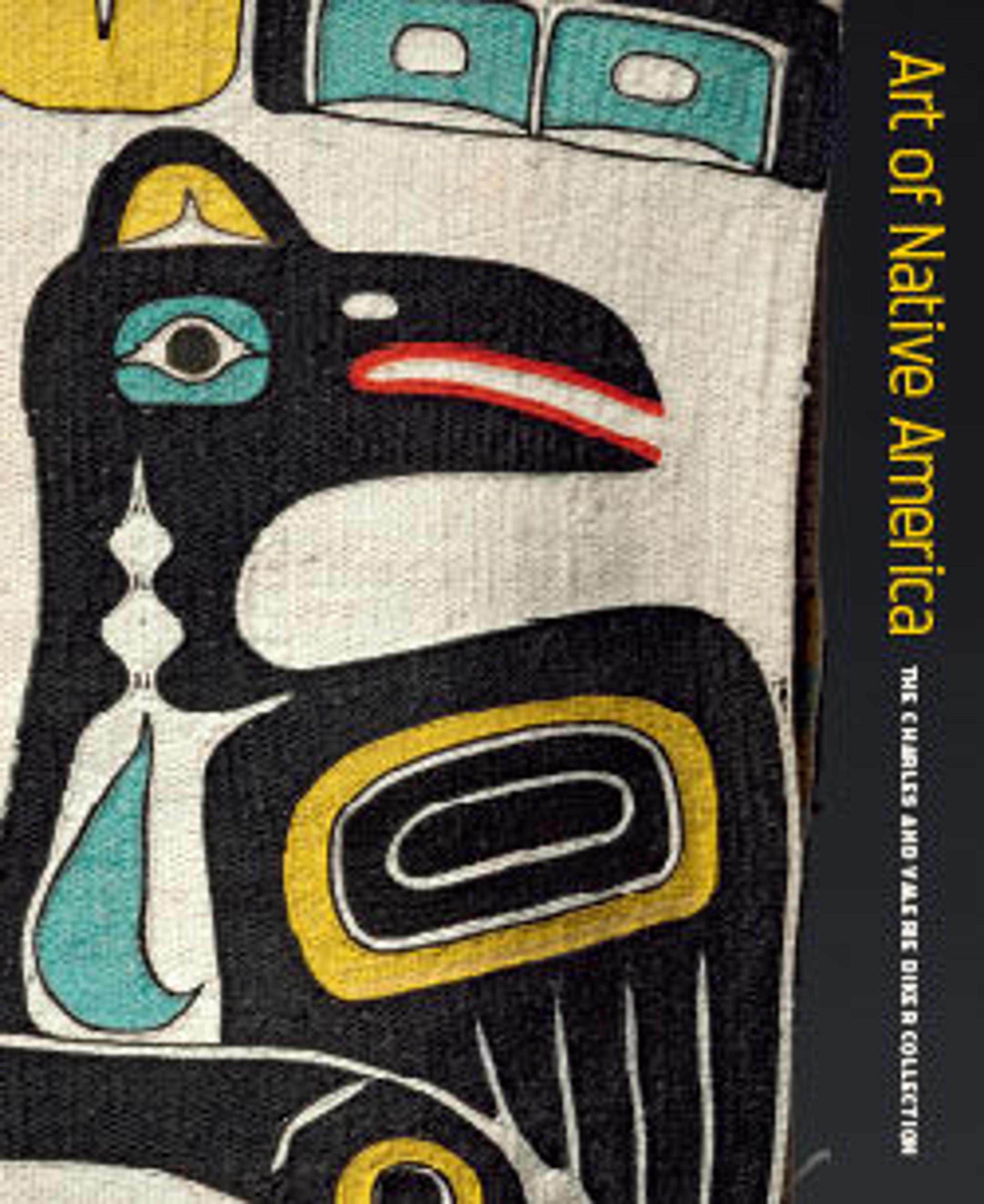Bowl
An artist carved this large feast bowl to hold consecrated food for religious ceremonies in the early nineteenth century. The abstract human head emerging from the rim represents a manitou, a powerful supernatural being. As a sculptural form, the bowl is distinguished by a finely proportioned, elongated shape; gently curving wall; delicate rim; tightly patterned wood grain; and rich, glowing color.
Artwork Details
- Title: Bowl
- Date: ca. 1800
- Geography: Possibly made in Michigan, United States; Possibly made in Wisconsin, United States; Possibly made in Ontario, Canada
- Culture: Anishinaabe, probably Ottawa, Native American
- Medium: Maple
- Dimensions: 6 3/4 × 9 3/4 × 12 3/4 in. (17.1 × 24.8 × 32.4 cm)
- Credit Line: The Charles and Valerie Diker Collection of Native American Art, Gift of Charles and Valerie Diker, 2019
- Object Number: 2019.456.15
- Curatorial Department: The American Wing
More Artwork
Research Resources
The Met provides unparalleled resources for research and welcomes an international community of students and scholars. The Met's Open Access API is where creators and researchers can connect to the The Met collection. Open Access data and public domain images are available for unrestricted commercial and noncommercial use without permission or fee.
To request images under copyright and other restrictions, please use this Image Request form.
Feedback
We continue to research and examine historical and cultural context for objects in The Met collection. If you have comments or questions about this object record, please complete and submit this form. The Museum looks forward to receiving your comments.
